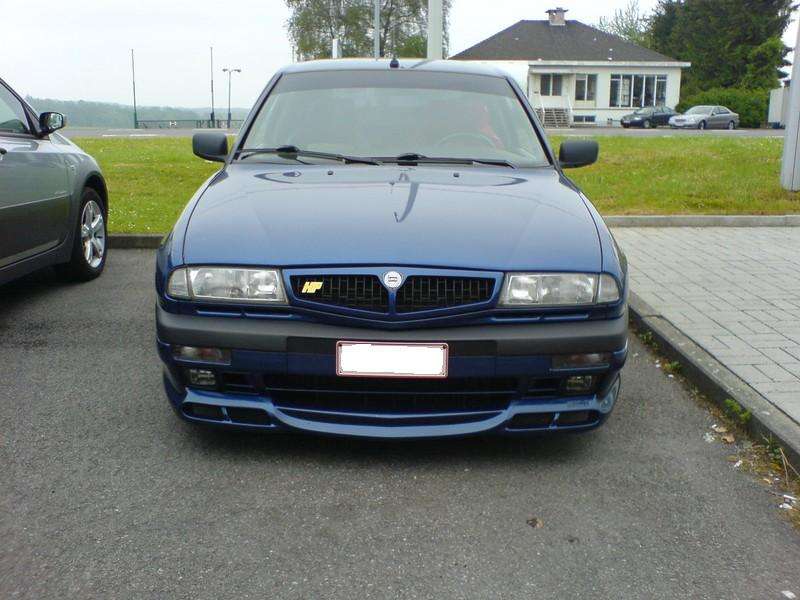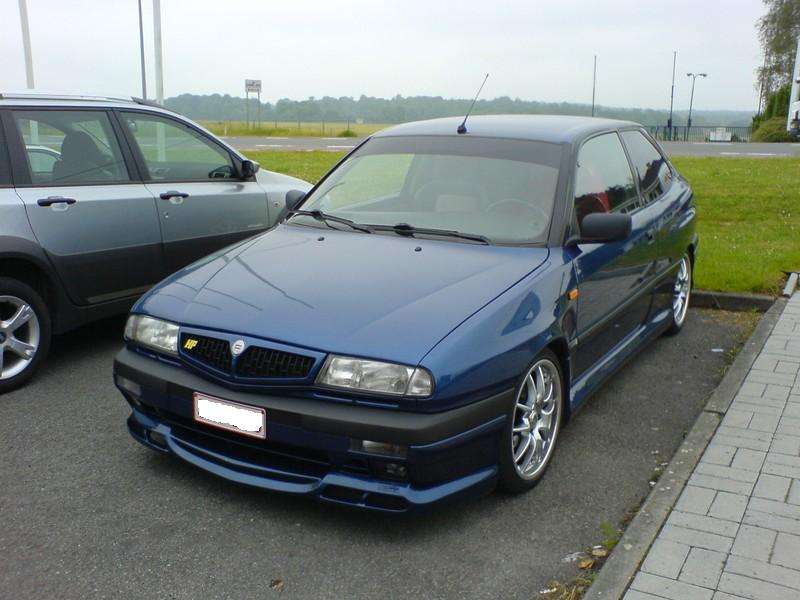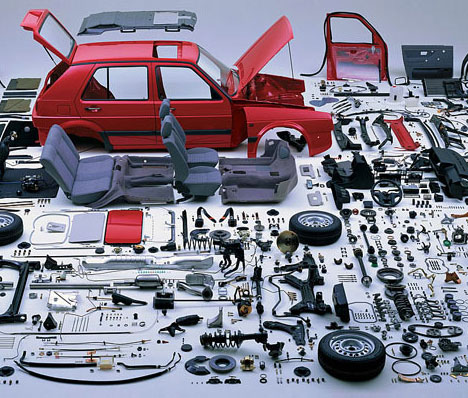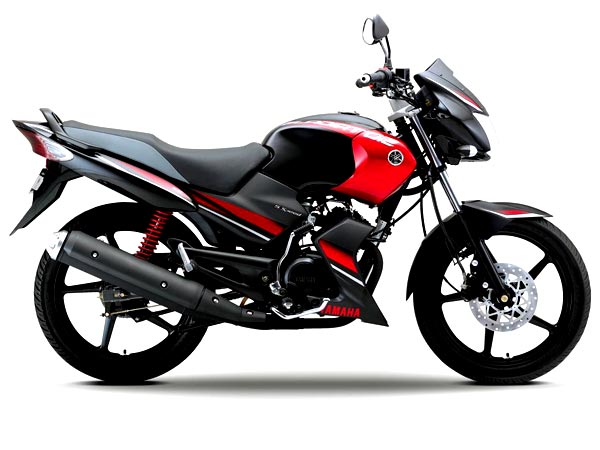
The Megane Renaultsport 250 gets a revised 2.0-litre turbocharged engine mated to a six-speed manual gearbox, producing peak power of 247bhp and 251lb ft of torque from 3000rpm. Thanks to its twin-scroll turbo, the Renaultsport 2.0-litre turbocharged engine is exceptionally responsive and particularly flexible at low revs, with 80 per cent of maximum torque available from 1900rpm.
At launch, two chassis settings will be available, a sport chassis for everyday driving enjoyment and a Cup chassis for more exhilarating performance, especially on track.
Based on the three-door Megane hatchback, the Megane Renaultsport 250 is fitted with a heft of standard equipment available on the standard Mégane, such as automatic dual-zone climate control, a hands-free card with automatic door locking as the card-holder walks away from the vehicle, the high-end 3D Sound by Arkamys and a choice of two navigation systems. Additionally, the Renaultsport 250 boasts two specific features aimed at heightening the driver’s enjoyment delivered by the vehicle’s performance.
One is the Renaultsport Dynamic Management system allows the ESC to be enabled in one of three modes: ‘On’ (the default mode), ‘Sport’ (for less intrusive ESC action) and ‘Off’ (total disengagement). The other is the Renaultsport Monitor, taking its inspiration from motor sport, provides information about real-time engine performance, gearchange warning, throttle pedal mapping, lateral acceleration, 0-60 acceleration and lap times.
In terms of styling, the the Megane Renaultsport 250 is inspired by the new Mégane Coupe. Its front bumper incorporates a blade echoing the low-slung noses of a Formula 1 car, along with extended wheel arches, side sill, rear diffuser, extended tailgate spoiler and centrally-positioned exhaust tailpipe. LED daytime running lights are a key part of the car's styling signature.
Inside, the new Mégane Renaultsport 250 is looks pretty much impressive and comfortable. There are height adjustable front seats with additional lateral support or optional Recaros, height and reach adjustable sports steering wheel, aluminium pedal covers and a new fascia design.






















